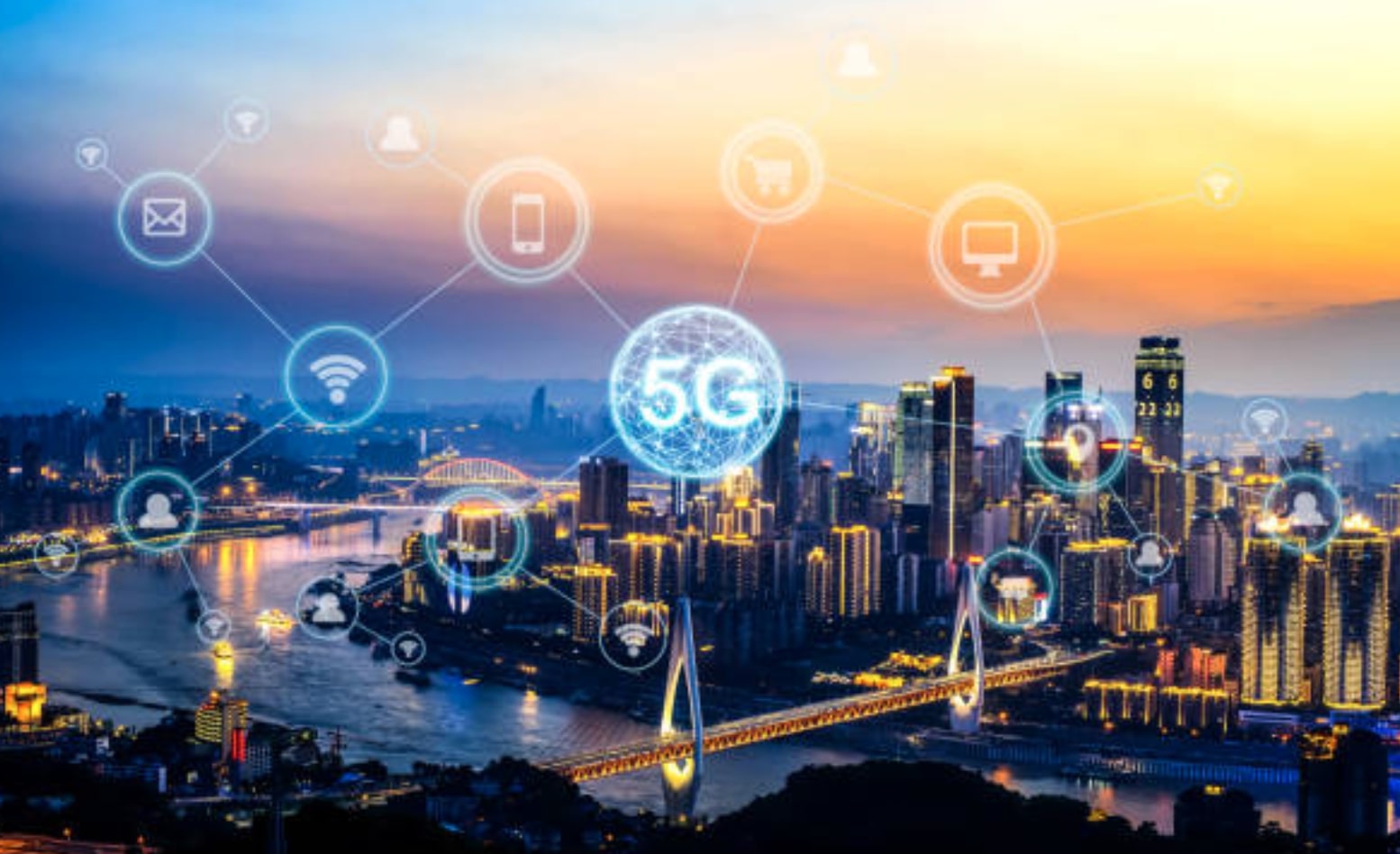In November 2020 T-Mobile executive Neville Ray declared to Fortune magazine that where 5G was concerned, his company was “off to the races” and that it “came out of the blocks super quick.”
T-Mobile, labeled in that same Fortune piece as “the next big thing” by Craig Moffett of MoffettNathanson Research, has been able to maintain that momentum in the early stages of 2021, as it works toward its stated goal of nationwide coverage by the end of the year. The company’s coverage, speed and upload speed are superior to those of Verizon and AT&T, giving every indication that it is in fact winning the race.
There are, however, lingering worries about how the U.S. is faring in the larger 5G race against China, and the economic implications going forward. Former Google head Eric Schmidt, writing in Financial Times in early February, asserted that China is “far ahead” in that competition, as it will soon have a national network, while American progress was actually stunted by an FCC auction in January that saw a sizable swath of 5G-friendly “C-Band” spectrum peddled for the record-setting total of $81 billion.
As he wrote:
The massive sums winners paid for the spectrum will reduce their financial capacity to actually use it. Instead, it will probably result in disinvestment and downsizing. … The outcomes are predictable: Americans will face higher prices and weaker digital services — yesterday’s internet tomorrow.
Others are more optimistic. Nearly seven of every 10 business leaders believe, for instance, that 5G will aid in their companies’ recovery from the economic crisis resulting from the coronavirus pandemic, according to the Verizon 5G Business Report. Roughly eight in 10 of those decision makers believe the rollout of this technology will create new opportunities for their enterprise, their industry and their role.
Certainly there is compelling evidence to support that. While the downlink speeds have not yet reached the hoped-for rate of 100 megabits per second (Mpbs), T-Mobile, at least, was on an uptick. Its rate of 58.1, in addition to being superior to those of AT&T (53.8) and Verizon (47.4), had inched up from 49.2 in June 2020, according to data from the research group Opensignal. (The other two companies had actually seen their speeds decline.)
T-Mobile is also seeing its customers use 5G service 30.1 percent of the time, up from 22.5 percent in mid-2020. Respective user rates for AT&T and Verizon are lagging at 18.8 percent and 9.5 percent, by comparison. And finally, T-Mobile’s upload speed — i.e., the rate at which larger files, like photos and videos, can be shared — stands at 14.0 Mbps, ahead of Verizon (11.9) and AT&T (8.0).
Additionally, T-Mobile was the first carrier to launch a standalone 5G network — i.e., one that is not built upon 4G LTE infrastructure — having done so in August 2020. That has resulted in increases in the number of rural users, which is critical to the larger goal of nationwide coverage, and brings with it hopes for things like a supercharged Internet of Things and the rise of autonomous vehicles.
Miles to go on all fronts, of course. But so far T-Mobile seems poised to deliver on its promises.






